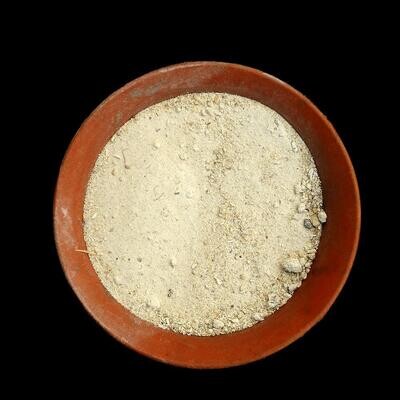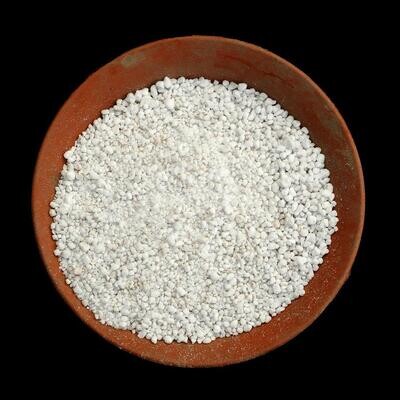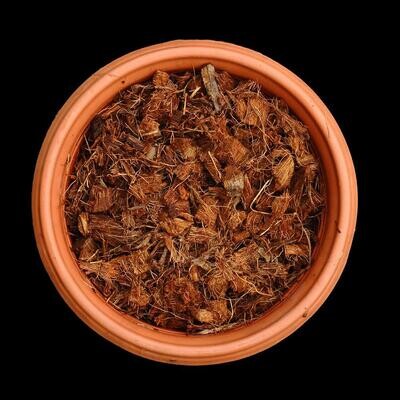Please check the Shipping Updates Page for information on shipping.
Senna meridionalis
Senna meridionalis
Synonyms:
Senna angustifolia, Cassia meridionalis
Origin of Name:
The genus name "Senna" is derived from the Arabic word "sena," which refers to the plant's historical use as a laxative. The species name "meridionalis" is derived from the Latin word "meridionalis," meaning "southern," indicating that this species is found in the southern regions of the plant's distribution.
Origin of Plant:
Senna meridionalis is native to the tropical regions of Africa and parts of Madagascar, typically found in savanna habitats and open forests. The plant favors well-draining soils and is adapted to thrive in warm climates with distinct wet and dry seasons.
Short Description:
Senna meridionalis is a shrub or small tree that can grow up to several meters in height. It is characterized by its pinnately compound leaves, which typically consist of numerous smaller leaflets that give the foliage a delicate appearance. During the flowering season, Senna meridionalis produces bright yellow, often fragrant flowers arranged in clusters, which are highly attractive to pollinators. The plant may also produce long, flat seed pods that are characteristic of the legume family.
Conservation Status:
Senna meridionalis is not currently classified as endangered; however, its populations may be threatened by habitat loss due to agricultural expansion and urban development. Cultivating this species in nurseries supports sustainable practices and can aid in preserving its natural habitats.
Care Instructions:
Senna meridionalis prefers well-draining soil and thrives in full sun to partial shade. Water the plant regularly during the growing season, allowing the soil to dry slightly between waterings. In the winter months, reduce watering as the plant may enter a semi-dormant phase. Fertilization with a balanced fertilizer can be applied during the active growth period to promote healthy development and flowering. This species can be utilized in landscape design for its ornamental flowers and foliage, as well as in ecological restoration projects due to its adaptability and growth characteristics.





